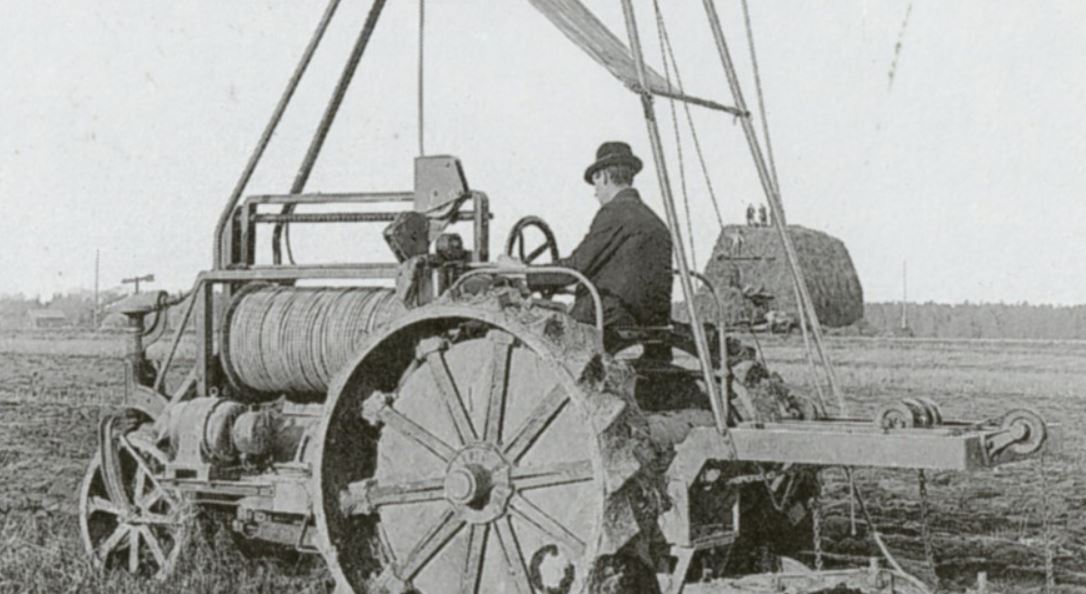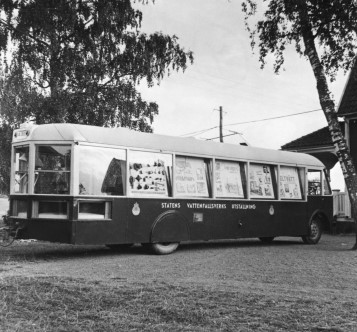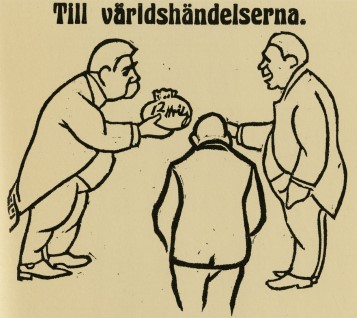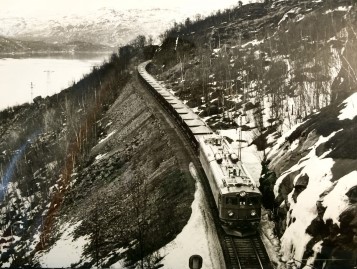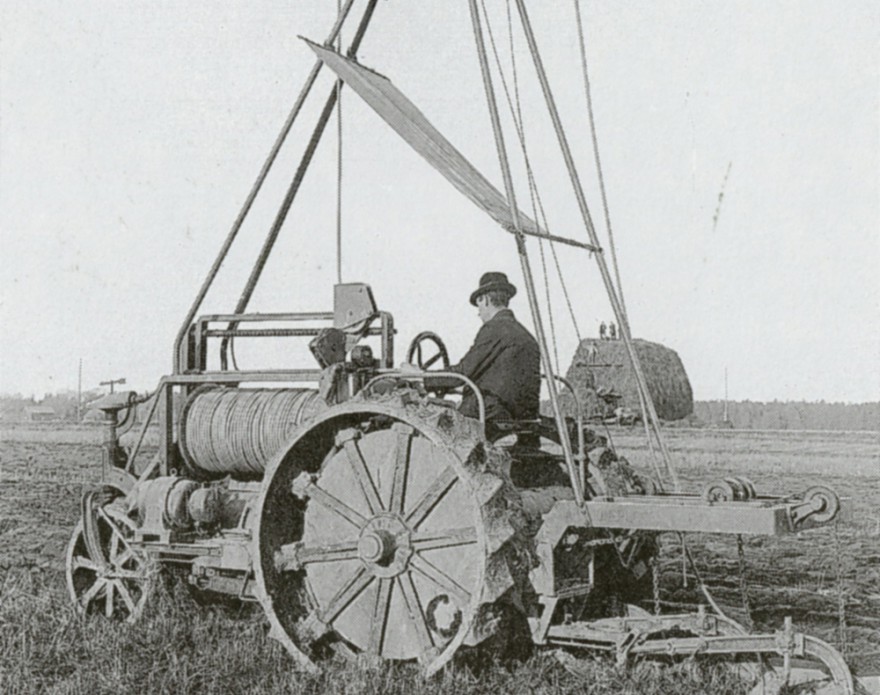
How electricity conquered the countryside
Thanks to an intensive educational and information campaign by Vattenfall and others, the Swedish countryside was electrified. But it was local distribution associations who took financial responsibility for the development.
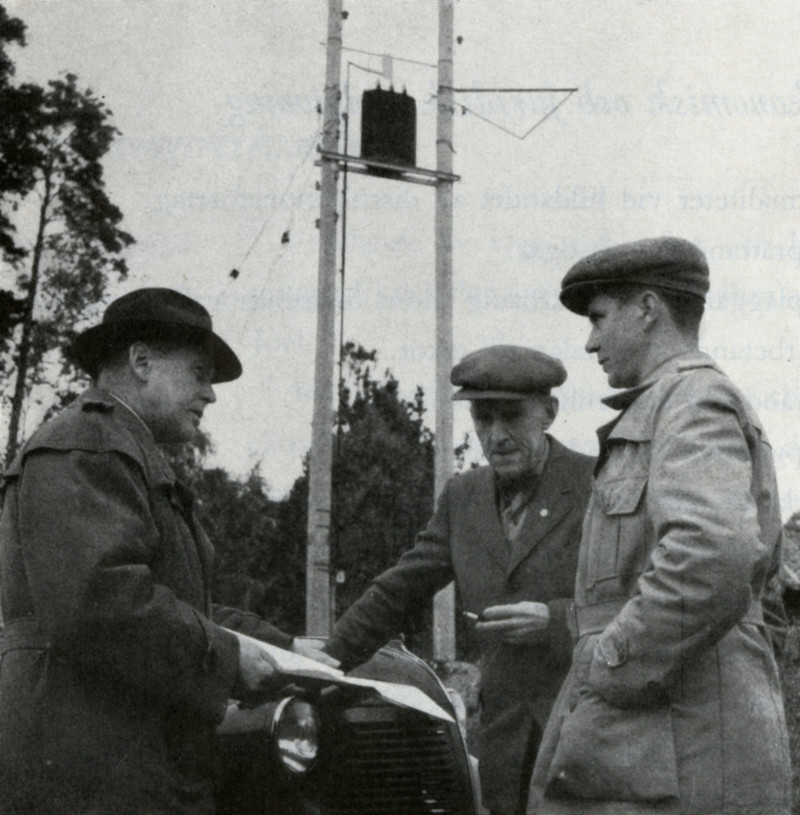
Vattenfall gives advice to a local distribution association. From the brochure 'Vattenfallsstyrelsen och distributionsföreningarna'. Year: 1948 | Place: - | Creator: Vattenfall | ID: VF001048
At the start of the last century, agriculture accounted for only a very small percentage of Sweden's total electricity consumption. As a result, there was political pressure for Vattenfall to take a lot of responsibility for rural electrification, especially during the First World War, when blockades resulted in high prices for coal, or even made it impossible to get hold of imported fuel. But Vattenfall did not want to take financial responsibility for the development and maintenance of local distribution systems. Instead, Vattenfall encouraged and facilitated the formation of cooperatives, local electricity distribution associations. From 1915 it offered draft regulations, technical solutions and advice on various issues through a special customer service function.
During the 1920s, electricity was mainly used for threshing, and at that time it was felt that agriculture would be rationalised out in the fields through electrification. Actually, it turned out to be the stationary electric motor that had an impact in the countryside.
Video player requires marketing cookies.
To view this content please click here to allow marketing cookies.
Vattenfall supports cooperative distribution associations in 1955 (in Swedish)
Rural electrification was taking place in several parts of Europe and the USA at the same time. And exactly the same issues were being wrestled with. Experiments with different types of soil cultivation machines, such as the electric plough, were being undertaken in several countries. With little success.
Vattenfall experiments
Vattenfall, in partnership with Elektroindustriföreningen (the Electro-Industry Association), insurance companies and agricultural societies, also set up a demonstration farm as part of the 'Art Industry' Exhibition in Stockholm in 1930. It was a huge success, with over 100,000 visitors. This farm was replicated as more permanent demonstration farms in Gäddebäck outside Trollhättan and Malmvik on Lovön outside Stockholm.

Propaganda bus. Year: 1937 | Place: - | Creator: Vattenfall | ID: VF000011
Vattenfall continued its involvement in the experimental activities. Among other things, Jordbrukens Elektrotekniska Forskningsinstitution (Agricultural Electro-technical Research Institute) was formed together with Jordbrukstekniska föreningen (Agricultural Engineering Association). Another approach to spreading information was Vattenfall's propaganda bus – adopting an American approach. The bus was a mobile exhibition that visited over 70 locations every year during the summer months. For 25 years, FERA published the magazine Jordbrukarnas elektriska blad, to which Vattenfall frequently contributed.Between 1915 and 1920 the proportion of the country's arable land belonging to farms with electricity increased from 5 to almost 40 per cent. During the interwar years, rural consumption of electricity tripled, and by 1938 around 65 per cent of rural households had been electrified. At that time, Sweden was still largely an agricultural country. Of the country's 5.3 million inhabitants, almost 4 million lived in the countryside. Twenty years later, only 2 million of 5.5 million Swedes lived in rural areas.
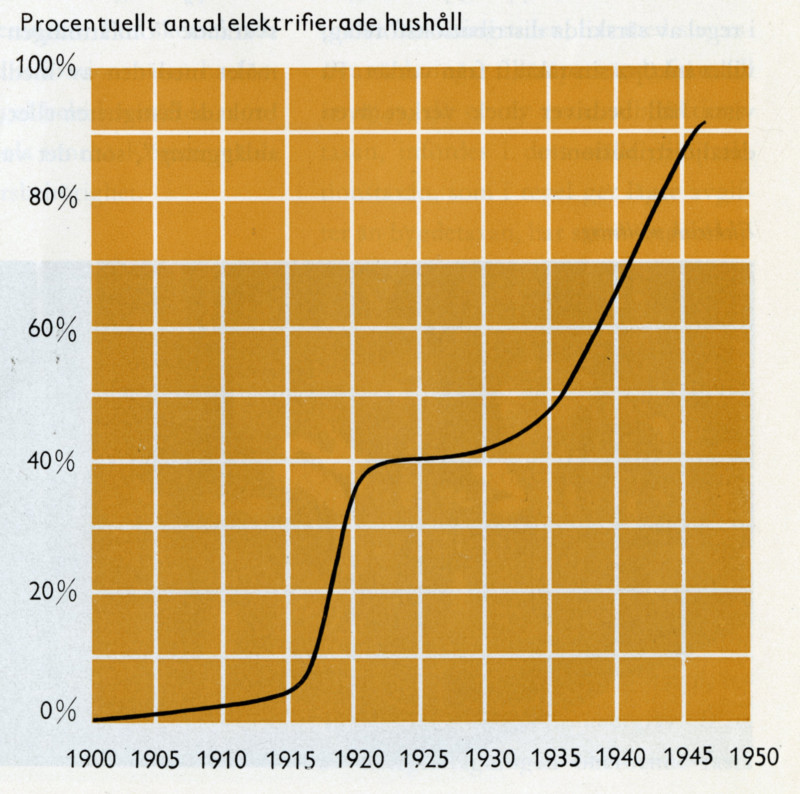
Number of electrified households by year. From the brochure 'Vattenfallsstyrelsen och distributionsföreningarna'. Year: 1948 | Place: - | Creator: Okänd | ID: VF001038
Following the Second World War, another wave of rural electrification commenced, and by the mid-1960s, the electrification of Sweden was complete. Electrification, and urbanisation, also affected the number of distribution associations. In 1943 there were 3.500 associations in Sweden, with the number gradually falling. However, there are still a few viable electricity associations left in the countryside. These have been joined in recent years by new cooperatives working towards expansion of broadband.

Number of electrical distribution companies the last hundred years. From the book 'Energimarknadsinspektionen: En sekellång historia', by Hågan Heden. Year: 2012 | Place: - | Creator: Okänd | ID: VF001040

